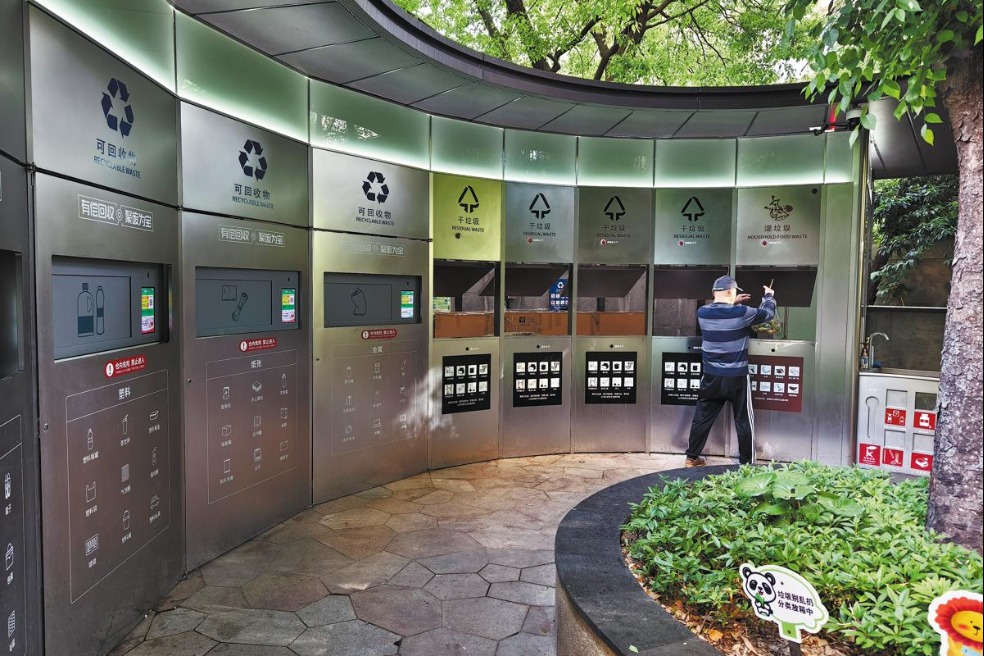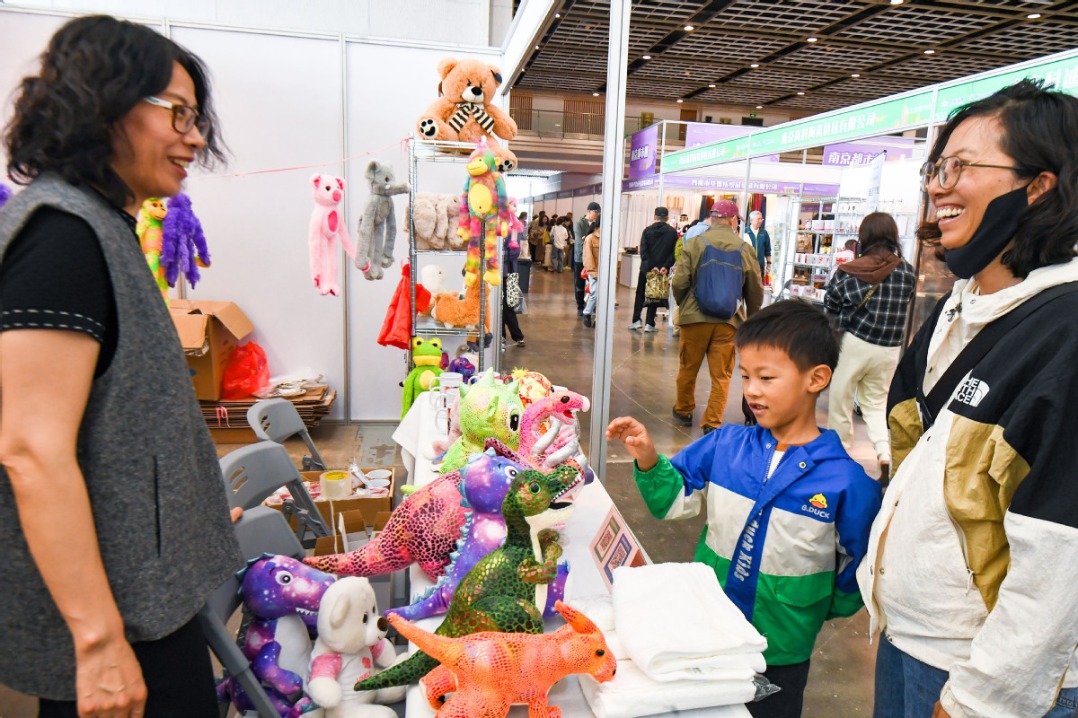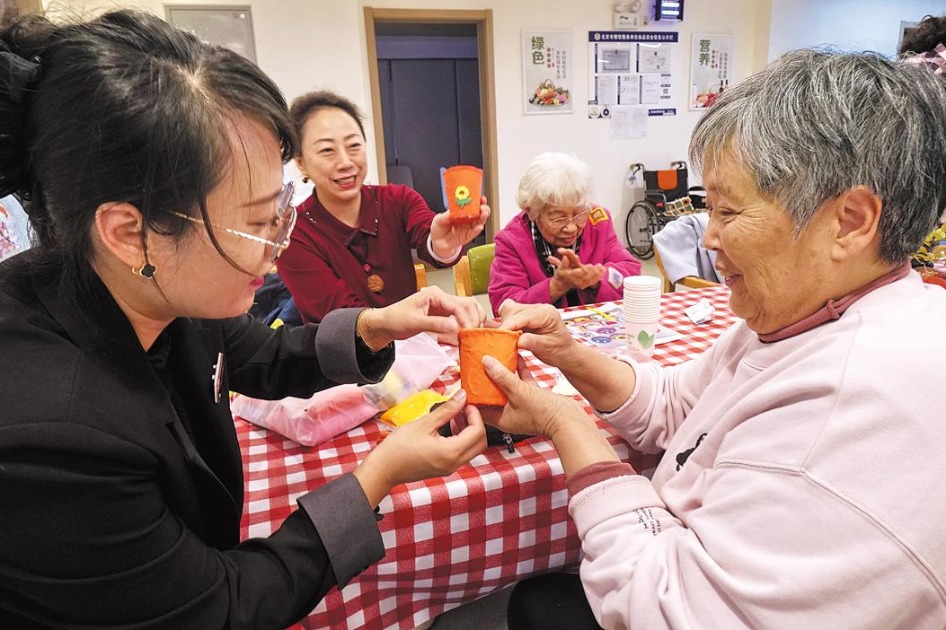Rule changes ease burden on parents


Timeline: Introduction of new measures
May 11: The National Bureau of Statistics releases the results of the seventh national population census. They show that the population of the Chinese mainland grew by 0.53 percent every year in the past decade to more than 1.41 billion, but society is aging rapidly.
In 2020, the fertility rate-the average number of children a woman has over her lifetime-fell to a low of 1.3 due to a lack of willingness to have babies amid a viral pandemic, coupled with a dwindling number of women of childbearing age.
May 31: The government announces that all couples will be allowed to have three children, replacing the universal second-child policy that took effect in early 2016. It also states that supportive measures will be rolled out.
July 20: The central leadership releases a paper that spells out specific measures to facilitate implementation of the third-child policy. They range from tax breaks and housing subsidies, to flexible work leave and more nurseries.
July 28: Panzhihua, a city in the southwestern province of Sichuan, says it will offer a monthly subsidy of 500 yuan ($79) per baby for families with two or three children until the babies turn 3 years old. The city is the first in the country to announce such a measure.
Aug 20: The revised Population and Family Planning Law, which allows couples to have three children, is passed by the Standing Committee of the National People's Congress, the top legislative body.
September: A number of cities, including Beijing and Shanghai, and provinces such as Jiangxi and Qinghai, begin offering longer parental leave to encourage couples to have more children.
Shanghai says it will extend paid maternity leave by one month to a total of 158 days, while both parents will be entitled to five days of paid child care leave every year until their child turns 3.
October: Beijing announces that families with more than one child who are on the waiting list for public rental apartments in Chaoyang district will be allowed to cut the line and choose locations within the area.
Jan 17: The NBS says China's birthrate fell to 7.52 births per 1,000 people last year, down from 8.52 in 2020. The number of babies born last year was 10.62 million.























